Discover the daily creative routines of geniuses!
From joining Carl Jung for breakfast to Einstein’s routine at Princeton, find inspiration in the diverse habits of these extraordinary individuals.
Explore their strategies for finding focus and achieving greatness.
Learn how to create your own daily routine for a more productive and fulfilling life.
Start your journey now!
We all have a daily routine but we are not always happy with our accomplishments. There are times when we wonder how a change in our routine could help us become more creative or productive.
You may want to:
- write a book
- paint
- start a new business
- build a website
- draw cartoons
- play an instrument
- experiment with new recipes
- learn a new language
- create a YouTube channel
- design or create a new product
An effective daily routine is particularly important when working on creative projects because you have to deal with distractions, interruptions, and your own bad habits.
Do you wonder:
How to do creative work in the middle of a busy life?
Is there a minimum amount of time you need to spend daily on your creative endeavors?
How to make time for what you want to accomplish?
What are the secrets of creative people’s daily routine?
Is it better to spend as much time as possible on creative activities?
Are a couple of hours per day enough for the creative process?
Is there a shared daily routine that benefits creativity the most?
You will find answers to these questions in the daily routine examples of well-known creative people.
This will help you figure out how to create your own creative daily routine.
You may also like to read: How to be Creative and Happy: 5 Easy Tips.
Let’s first take a closer look at what it means to have a routine.
What is a Routine?
A routine are actions that we perform daily without thinking about them.
Our daily routine will determine at what time we get up, what we do after washing our face, or what we have for breakfast and so on.
We may not realize how much our daily routine may help or hinder our productivity.
According to the American Psychological Association, a habit is a more or less fixed way of thinking or feeling acquired through previous repetition of a mental experience.
Benefits of Having a Routine
When we know what to expect and what to do at the different times of the day we free our mind to focus on what is really important.
The daily routine examples of creative people will give you a glimpse into repetitive actions that happen every day.
Here are some benefits of having an effective daily routine:
- Boost your confidence
- Increase your energy level
- Accomplish more in less time
- Make you feel more relaxed
- Focus on what matters the most
- Feel in control of your life
- Boost your happiness
- Reduce stress
- Improve your mental health
In his books Daily Rituals, Mason Curry wonders how artists make time each day to do their best work and how they organize their schedules to be creative and productive.
The daily routine examples as well as the quotes in this post are from the books Daily Rituals: How Artists Work and Daily Rituals: Women at Work.
Stephen King’s (b. 1947) Daily Routine
Like your bedroom, your writing room should be private, a place where you go to dream.
Your schedule—in at about the same time every day, out when your thousand words are on paper or disk—exists in order to habituate yourself, to make yourself ready to dream just as you make yourself ready to sleep by going to bed at roughly the same time each night and following the same ritual as you go.
In both writing and sleeping, we learn to be physically still at the same time we are encouraging our minds to unlock from the humdrum rational thinking of our daytime lives.
And as your mind and body grow accustomed to a certain amount of sleep each night—six hours, seven, maybe the recommended eight—so can you train your waking mind to sleep creatively and work out the vividly imagined waking dreams which are successful works of fiction.

Anne Rice (b. 1941) Daily Routine

For her first novel, Interview with the Vampire, Rice wrote all night and slept during the day.
“I just found it the time when I could concentrate and think the best,” she says.
She needed to be alone in the still of the night, without the phone, without friends calling, with her husband sound asleep.
“I needed that utter freedom.” But when her son was born in 1978, Rice made “the big switch” to daytime writing and has continued to work that way for most of her career.
A few times she has switched back to a nocturnal schedule for particular novels, to get away from distractions, but she finds it too hard physically to keep up permanently.
Carl Jung (1875-1961) Daily Routine
His carefully crafted daily practices fueled his intellectual pursuits and personal growth.
Jung was an early riser. He understood the importance of starting the day on a positive note, often engaging in activities that set a tone of productivity and mindfulness.
Jung rose at 7:00 A.M.; said good morning to his saucepans, pots, and frying pans; and “spent a long time preparing breakfast, which usually consisted of coffee, salami, fruits, bread and butter.”
Carl Jung practiced journaling for self-reflection and to capture the nuances of his thoughts.
He generally set aside two hours in the morning for concentrated writing.
The rest of his day would be spent painting or meditating in his private study, going for long walks in the hills, receiving visitors, and replying to the never-ending stream of letters that arrived each day.
At 2:00pm or 3:00pm he took tea; in the evening he enjoyed preparing a large meal, often preceded by an aperitif, which he called a “sun-downer.” Bedtime was at 10:00pm.

Simone de Beauvoir (1908-1986) Daily Routine
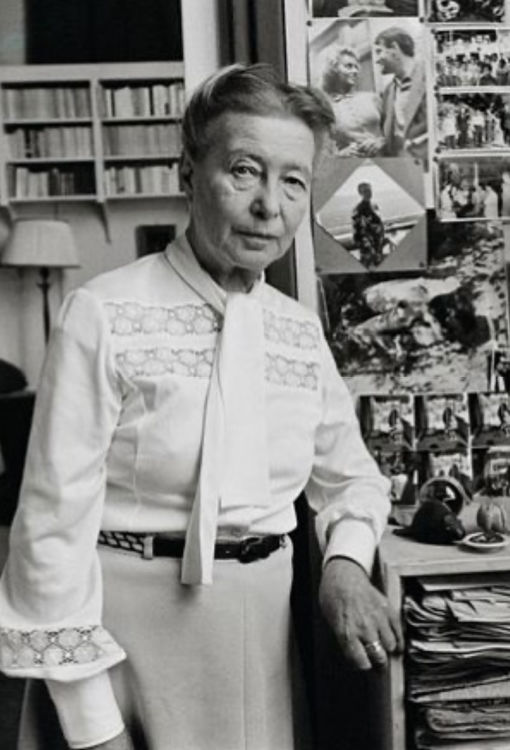
In the afternoon they worked together in silence at Sartre’s apartment.
In the evening, they went to whatever political or social event was on Sartre’s schedule, or else went to the movies or drank Scotch and listened to the radio at Beauvoir’s apartment.”
According to Claude Lanzmann, “There was the presence only of essentials.
It was an uncluttered kind of life, a simplicity deliberately constructed so that she could do her work.”
Richard Strauss (1864-1949) Daily Routine
I get up at 8 o’clock, have a bath and breakfast; 3 eggs, tea, and homemade jam.
Then I go for a stroll for half an hour by the Nile in the palm grove of the hotel, and work from 10 till 1; the orchestration of the first Act goes forward slowly but surely.
At 1 o’clock I have lunch, then read my Schopenhauer or play Bezique with Mrs. Conze for a piastre stake.
From 3 till 4 I work on.
At 4 o’clock tea, and after that I go for a walk until 6 when I do my duty in admiring the usual sunset.
It gets cool and dark at 6 o’clock; then I write letters or work a bit more until 7.
Dinner is at 7, after which I chat and smoke (8–12 a day), at half past 9 I go to my room, read for half an hour and put out the light at ten.
So it goes on day after day.

Virginia Woolf (1882-1941) Daily Routine
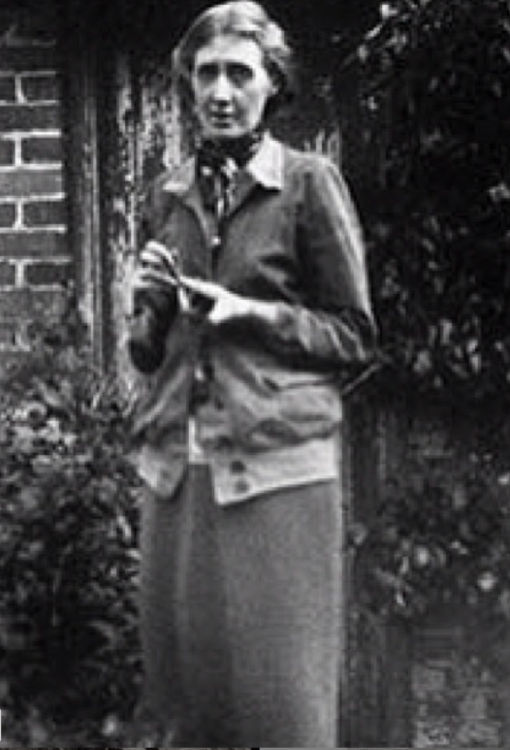
For most of her life, she stuck to a daily routine of writing from 10:00 a.m. to 1:00 p.m., and she used her diary to keep track of her output and chide herself for unproductive days.
“She structured her working life by self-imposed routines which were essential to her,” the biographer Hermione Lee has written.
“Writing (fiction or reviews) was done in the first part of the morning; just before or after lunch was for revising (or walking, or printing).
After tea was for diary or letter-writing; the evenings were for reading (or seeing people).” She never wrote at night.
Charles Schulz (1922-2000) Daily Routine
At 8:20am, Schulz drove the kids to school in the family station wagon, stopping to pick up the neighbor’s children on the way.
Then it was time to sit down at the drawing board, in the private studio beside his house.
He would begin by doodling in pencil while he let his mind wander; his usual method was to “just sit there and think about the past, kind of dredge up ugly memories and things like that.”
Once he had a good idea, however, he would work quickly and with intense concentration to get it onto paper before the inspiration dried up.
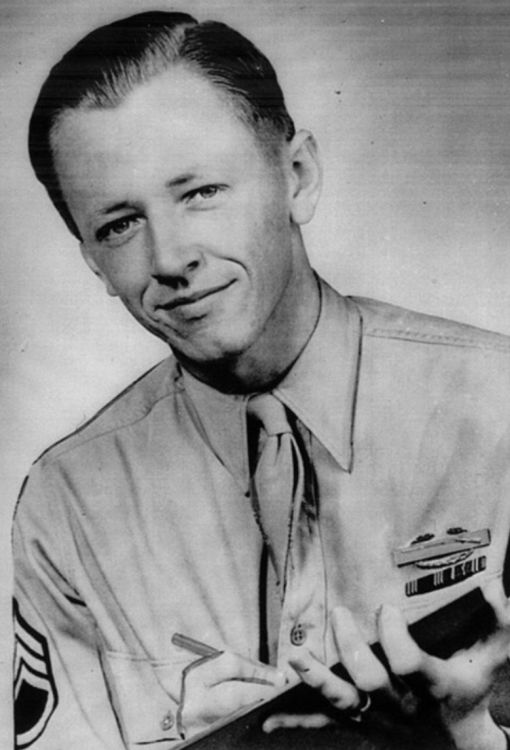
Maya Angelou (b. 1928) Daily Routine

He goes off to his work around 6:30am, and I go off to mine.
I keep a hotel room in which I do my work—a tiny, mean room with just a bed, and sometimes, if I can find it, a face basin.
There, I keep a dictionary, a Bible, a deck of cards and a bottle of sherry in the room.
I try to get there around 7, and I work until 2 in the afternoon.
If the work is going badly, I stay until 12:30pm.
If it’s going well, I’ll stay as long as it’s going well.
It’s lonely, and it’s marvelous.
I edit while I’m working. When I come home at 2pm, I read over what I’ve written that day, and then try to put it out of my mind.
I shower, prepare dinner, so that when my husband comes home, I’m not totally absorbed in my work. We have a semblance of a normal life.
Albert Einstein (1879-1955) Daily Routine
His routine there was simple.
Between 9:00am and 10:00am he ate breakfast and perused the daily papers.
At about 10:30am he left for his Princeton office, walking when the weather was nice; otherwise, a station wagon from the university would pick him up.
He worked until 1:00pm, then returned home for a 1:30pm lunch, a nap, and a cup of tea.
The rest of the afternoon was spent at home, continuing his work, seeing visitors, and dealing with the correspondence that his secretary had sorted earlier in the day.
Supper was at 6:30pm, followed by more work and more letters.
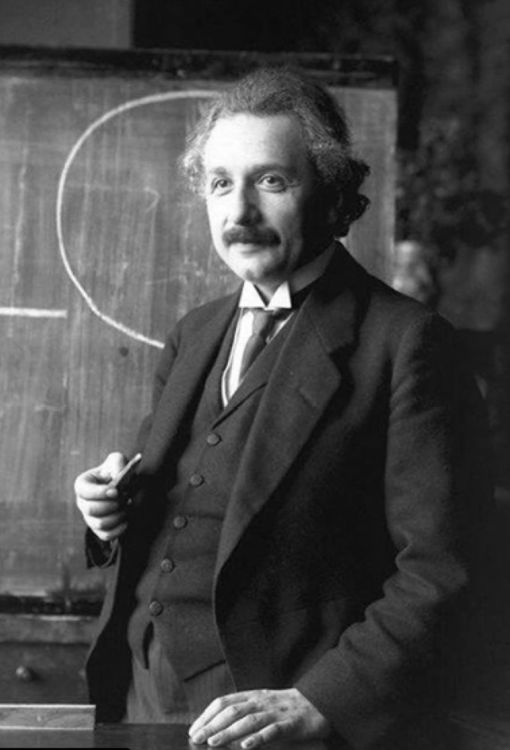
Agatha Christie (1890-1976) Daily Routine
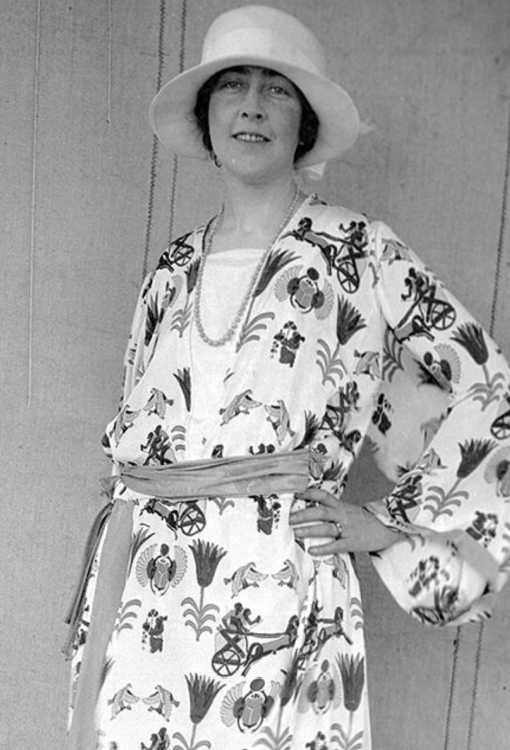
I never had a definite place which was my room or where I retired specially to write.
This caused her endless trouble with journalists, who inevitably wanted to photograph the author at her desk.
But there was no such place. “All I needed was a steady table and a typewriter,” she wrote.
“A marble-topped bedroom washstand table made a good place to write; the dining-room table between meals was also suitable.”
If you would like to read more daily routine examples of artists take a look at Mason Curry’s books:
Daily Rituals: How Artists Work and Daily Rituals: Women at Work.
Benjamin Franklin (1706-1790)
Each week was devoted to a particular virtue—temperance, cleanliness, moderation, et cetera—and his offenses against these virtues were tracked on a calendar.
Franklin thought that if he could maintain his devotion to one virtue for an entire week, it would become a habit.
Then he could move on to the next virtue, successively making fewer and fewer offenses (indicated on the calendar by a black mark) until he had completely reformed himself and would thereafter need only occasional bouts of moral maintenance.
The plan worked up to a point.
The virtue of order—“Let all your things have their places; let each part of your business have its time”—appears to have eluded his grasp.
Franklin was not naturally inclined to keep his papers and other possessions organized.

Conclusion
As you can see from these daily routine examples, every creative person had a different routine.
However, there is something that they all have in common.
Every artist was able to find some time to work alone and undisturbed for a couple of hours every day.
Some woke up early in the morning, others stayed up late at night, while others worked when the kids were at school.
On the other hand, many artists struggled with procrastination, not related work obligations, mental health issues, or bad habits.
How Can You Create Your Own Daily Routine?
The first step to include more creative time in your daily routine is to look for a time when you could work without distractions for at least one hour.
You may decide to get up one hour earlier or to go to bed one hour later.
If after reading these daily routine examples you need help with your own routine, you may find it helpful to read: How to Plan Your Day for a Happy Life: 5 Easy Tips.
Which one was your favorite quote?
Are you happy with your daily routine?
What do you think about the daily routine examples of creative people?
Let me know in the comments below.



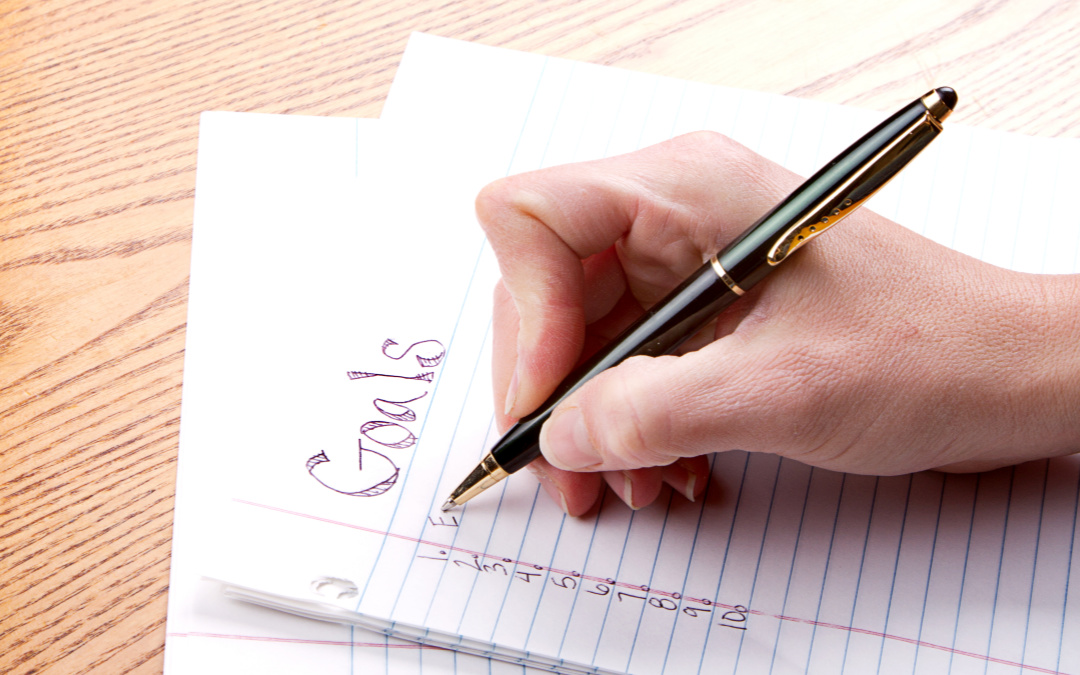


These are some really interesting daily routines of extraordinary people! It makes me want to re-evaluate my routine!
Amazing post and i can totally related . I do study ,job also blog, photography and others activity. You just need to set your time .
oh wow!!! Very inspiring! I started to meditate daily for about 15 min, this is helping me a lot.
I loved learning about these people. I need to look for ways that I can be creative
I love when I can be creative. I do try to have some kind of routine. Some days are better than others.
I LOVED this! I’ve been thinking about my routine lately. I thought it was weird how I work from 8 am to 2 pm and then get back to work at around 6 pm until 11 pm or so. I noticed many of these people do split their work time, just like I do. I really needed this!
I love learning different languages as a routine. It’s enjoyable and useful.
I think that if one wants to gain success, one needs to have a certain routine to follow. I need to work a bit on my routines to do a little bit better.
I like to have a routine and as I work from home, I like to have set work hours. It helps me concentrate on what I need to and get things done.
What a great blog post! I really love these lists you’ve shared. It huge help
I really enjoyed reading the daily routines of these famous people. So many of us are working from home and I’m sure there is a schedule here for everyone.
Very inspirational post and good to learn things from renowned people and we need to be very disciplined in life.
I agree, it is very important to have a routine and know exactly the schedule of your day. Otherwise you can’t be productive.
I love to be creative, though for me, I find not having a routine makes me more creative.
I love being creative and I’m glad that my blog has allowed me to realize my love for writing.